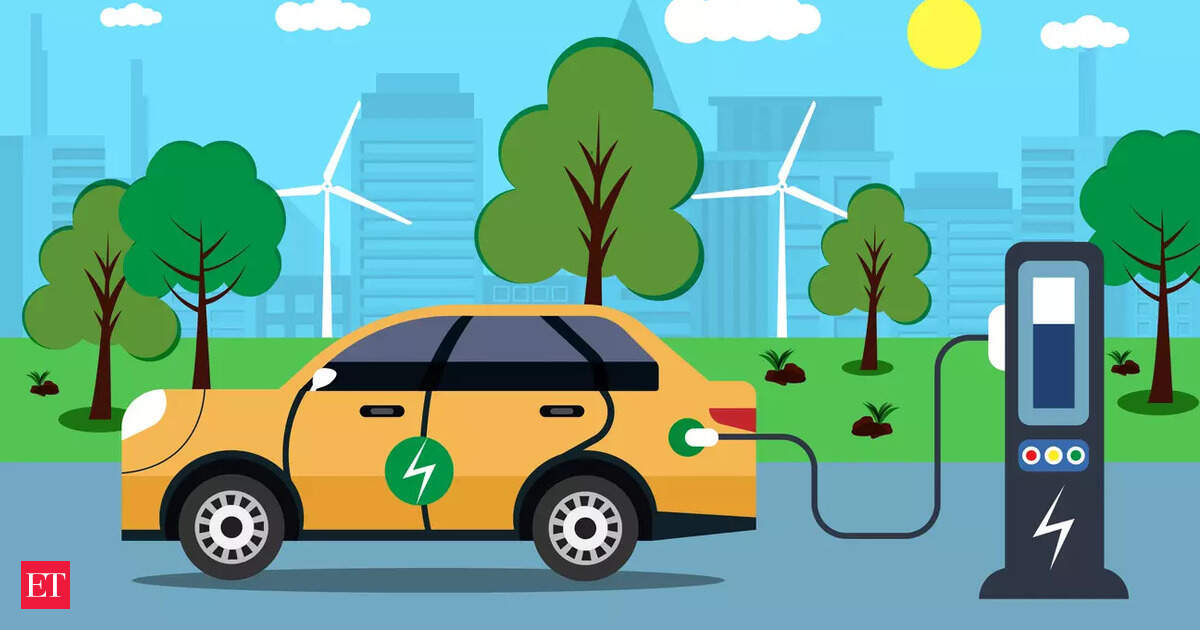Key Takeaways
- The government plans to install 72,300 public EV charging stations with a budget of Rs 2,000 crore under the PM E-DRIVE scheme.
- Subsidies of up to 100% for government facilities and 80% for public EV charging infrastructure are included in the new operational guidelines.
- Bharat Heavy Electricals Limited (BHEL) will oversee the implementation of these projects, focusing on urban centers and transport hubs.
Deployment of EV Charging Stations
The Indian government has announced operational guidelines for the rollout of approximately 72,300 public electric vehicle (EV) charging stations across the country. This initiative is backed by a Rs 2,000 crore outlay from the PM E-DRIVE scheme, designed to promote the adoption of electric vehicles.
The guidelines introduce a tiered subsidy system to encourage the installation of EV charging infrastructure. Government facilities such as offices, residential complexes, hospitals, and educational institutions will receive a 100% subsidy for both upstream infrastructure and EV charging equipment, provided the chargers remain accessible for public use.
For public locations owned or managed by state or central governments, including railway stations, airports, and municipal parking lots, the subsidy will cover 80% of the upstream infrastructure costs and 70% of the EV supply equipment costs. This directive also extends to high-traffic urban areas, such as streets, shopping malls, and market complexes.
Battery swapping and charging stations will also benefit from a significant subsidy, with 80% support for upstream infrastructure. The operational framework allows government ministries and state or union territories to designate nodal agencies responsible for aggregating demand for EV charging stations. These agencies will submit proposals to the Ministry of Heavy Industries through a dedicated online portal.
Bharat Heavy Electricals Limited (BHEL) has been appointed as the Project Implementation Agency (PIA) for this deployment. The disbursal of subsidies will follow a two-tranche system, with funds allocated upon meeting specific compliance and performance benchmarks.
The initiative primarily targets urban centers with populations exceeding one million, smart cities, and metro-connected satellite towns. It also emphasizes the establishment of charging facilities at critical public transport hubs such as airports and fuel retail outlets, thereby aiming to enhance the overall accessibility of EV charging infrastructure across major urban locales and highways.
The content above is a summary. For more details, see the source article.















